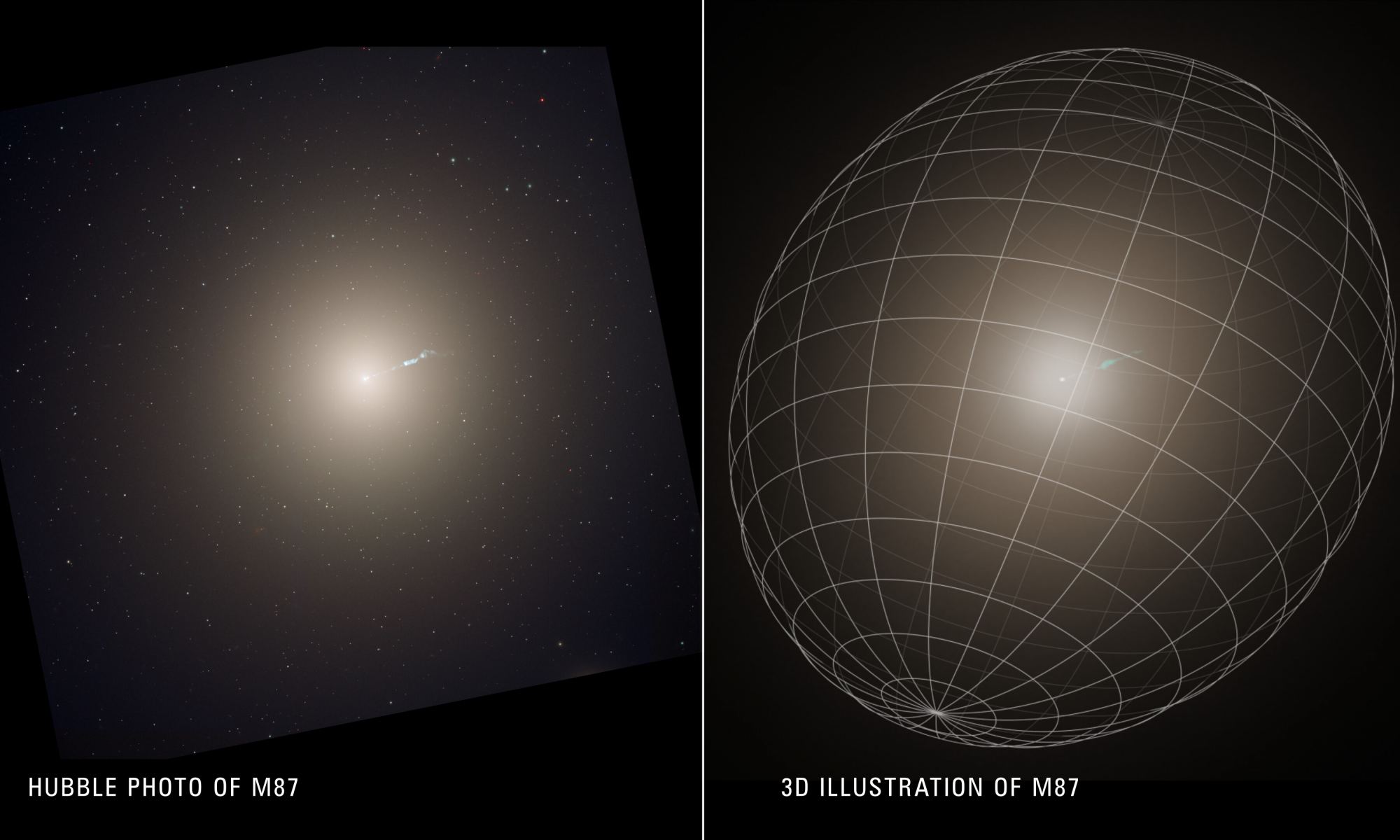With only an introductory course in science, it’s easy to think that scientists strictly follow the scientific method. They propose a new hypothesis, test that hypothesis, and after many years of hard work, either confirm or reject it. But science is often prone to chance. And when a surprise presents itself, the book titled “Scientific Method 101” often gets dropped in the trash. In short, science needs — and perhaps thrives on — stupid luck.
Take any scientific mission. Often designed to do one thing, a mission tends to open up a remarkable window on something unexpected. Now, NASA’s Kepler space telescope, designed to hunt for planets in our own galaxy, has helped measure an object much more distant and more massive than any of its detected planets: a black hole.
KA1858+4850 is a Seyfert galaxy with an active supermassive black hole feeding on nearby gas. It lies between the constellations Cygnus and Lyra approximately 100 million light-years away.
In 2012, Kepler provided a highly accurate light curve of the galaxy. But the team, led by Liuyi Pei from the University of California, Irvine, also relied on ground-based observations to compliment the Kepler data.
The trick is to look at how the galaxy’s light varies over time. The light first emitted from the accretion disk travels some distance before reaching a gas cloud, where it’s absorbed and re-emitted a short time later.
Measuring the time-delay between the two emitted points of light tells the size of the gap between the accretion disk and the gas cloud. And measuring the width of the emitted light from the gas cloud tells the velocity of the gas moving near the black hole (due to an effect known as Doppler broadening). Together, these two measurements allow astronomers to determine the mass of the supermassive black hole.
Pei and her colleagues measured a time delay of roughly 13 days, and a velocity of 770 kilometers per second. This allowed them to calculate a central black hole mass of roughly 8.06 million times the mass of the Sun.
The results have been published in the Astrophysical Journal and are available online.


